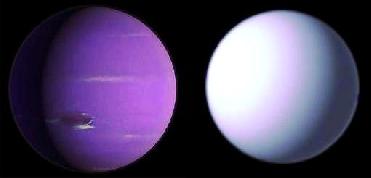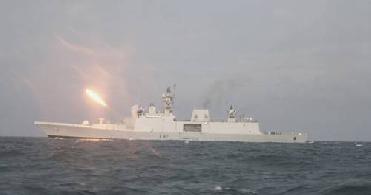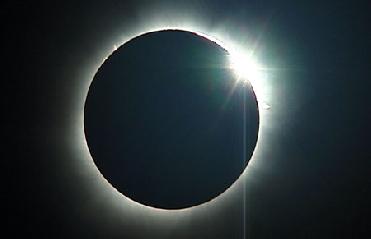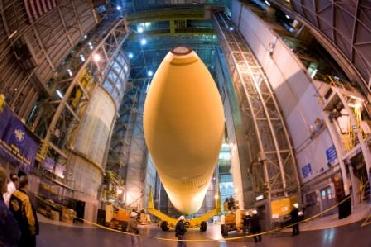
A file photo of Planets Uranus and Neptune
LONDON (PTI): Planetary scientists have claimed that oceans of liquid diamond, topped with solid "icebergs" of the precious gems, could be on Uranus and Neptune.
According to them, as much as 10 per cent of both the two giant gas planets is carbon and a liquid diamond ocean could deflect the angle of the magnetic field out of alignment with the planets' rotation.
The two planets, unlike Earth, do not have magnetic poles which match up with their geographical poles.
In laboratory conditions which simulated pressure levels on the gas planets, the scientists found that little crystals of solid diamond formed like icebergs in the liquid carbon they created.
Jon Eggert of Lawrence Livermore National Laboratory in California was quoted by 'The Daily Telegraph' as saying, "The idea of significant quantities of pure carbon existing in giant planets such as Uranus and Neptune has gained both experimental and theoretical support.
"It is now accepted that the high-pressure, high- temperature behaviour of carbon is essential to predicting the evolution and structure of such planets. An ocean of diamond could help explain the orientation of Uranus' and Neptune's magnetic field."
For their research, the planetary scientists took a half-millimetre wide diamond a tenth of a carat in weight and blasted it with lasers at high pressure, similar to that which could be found on Uranus and Neptune.
The diamond was liquefied at pressures 40 million- times greater than at sea-level on Earth, and from there the scientists slowly reduced the temperature and pressure. When the pressure fell to only 11 million-times Earth sea level and temperatures dipped to 50,000 degrees Celsius, solid chunks of diamond began to appear in the liquid.
As the pressure continued to drop more and more chunks formed in the liquid diamond and did not sink. With most materials the solid state is more dense than the liquid state -- with water one of the few exceptions.
"Diamond is relatively common material on Earth, but its melting point has never been measured. You can't just raise the temperature and have it melt, you also have to go to very high pressures, which makes it very difficult to measure the temperatures," Eggert wrote in 'Nature Physics' journal.
 Previous Article
Previous Article Next Article
Next Article












The Indian Air Force, in its flight trials evaluation report submitted before the Defence Ministry l..
view articleAn insight into the Medium Multi-Role Combat Aircraft competition...
view articleSky enthusiasts can now spot the International Space Station (ISS) commanded by Indian-American astr..
view article